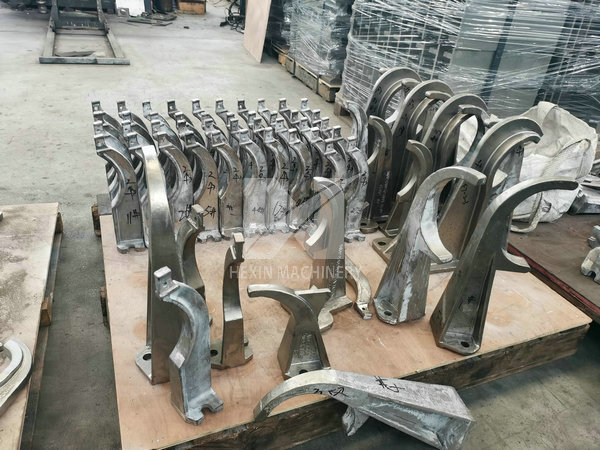Talk about the things about castings
Each large steel casting manufacturer produces castings with different materials and processes. Some are large and some are small, some use wooden molds, some use lost foam molds, and many others. The specific process used by the manufacturer and how to operate depend on the manufacturer's technology, scale, and region. The manufacturer I invited today is about steel castings.
Steel castings are familiar to everyone, ranging from a few grams in size to several hundred tons in size. They are essential for daily life. Do you know the drawbacks of steel castings?
1. During pouring, steel castings are prone to uneven internal structure and coarse crystals, which can affect the quality of the castings.
2. The surface of the cast blank is relatively rough, and large steel casting manufacturers need to perform precision machining on it. Moreover, the shape of the casting is also quite complex, and careful and careful operation is required.
After discussing the drawbacks, what are the advantages of castings?
1. It is quite obvious that the flexibility of castings is high, and manufacturers have great design freedom in their size and shape when designing processes, especially for castings with complex shapes.
2. The formation and shape change of castings are relatively brief. In addition, manufacturers have a fast conversion speed for design drawings and finished castings, which is convenient for manufacturers to quote and also conducive to fast delivery.
3. In terms of weight, everyone knows that it can be operated from a few grams to hundreds of tons. In the market, compared to castings made of other materials, castings produced by large steel casting manufacturers have competitive advantages in terms of weight, delivery cycle, price, and economy.


